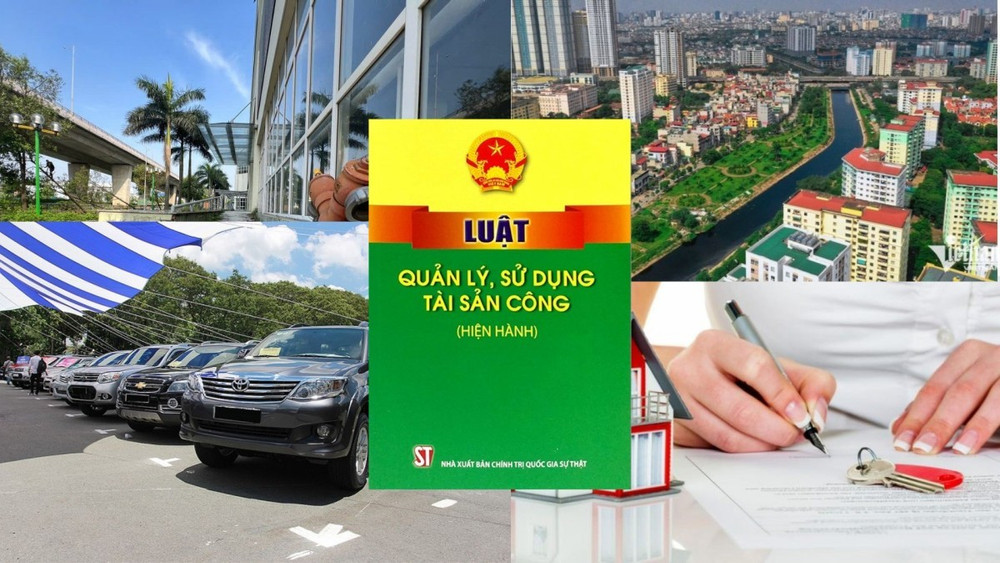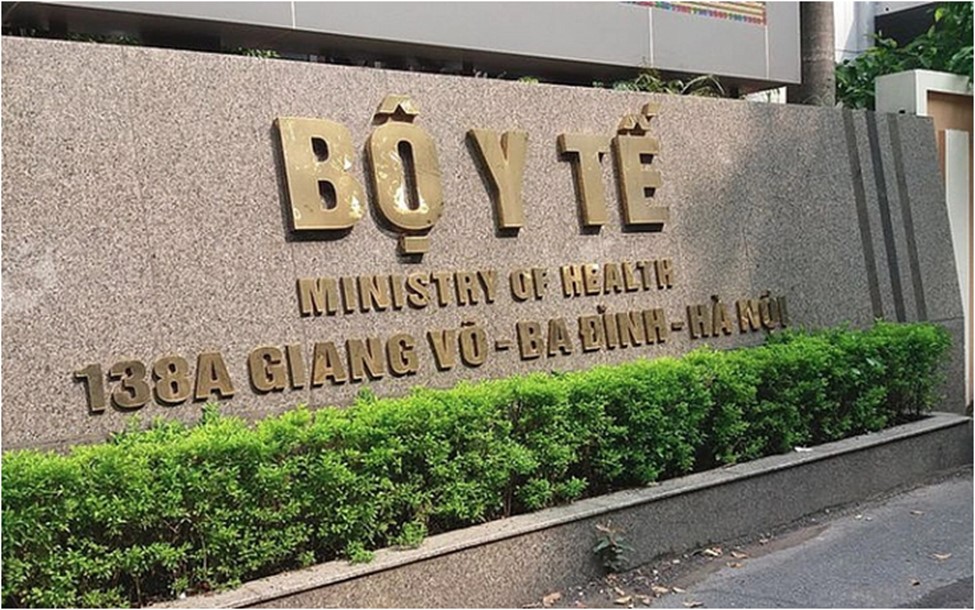The Prime Minister of Vietnam's Directive on the development of the 5-year financial plan for the period 2026-2030
On May 28, 2024, the Prime Minister of Vietnam issued Directive 18/CT-TTg on developing a 5-year financial plan for the 2026-2030 period.

The Prime Minister of Vietnam's Directive on the development of the 5-year financial plan for the period 2026-2030 (Internet image)
The Prime Minister of Vietnam's Directive on the development of the 5-year financial plan for the period 2026-2030
The implementation of the 5-year financial plan for the period 2026–2030 will be carried out as follows:
(1) Development of the national 5-year financial plan for the period 2026–2030:
- Forecast the context, political, economic, and financial situations both globally and domestically that will affect the mobilization and utilization of financial resources and the state budget in the 5-year period of 2026–2030.
- Analyze difficulties, challenges, and factors influencing the construction and implementation of general objectives and specific targets during the period of 2026–2030.
- Establish general objectives and specific targets, primarily related to finance and the state budget, including revenue and budget revenue structure, expenditure and budget expenditure structure, state budget deficit, government debt, public debt, and foreign debt of the country, as well as mobilization and allocation of resources and the structure of the state budget in the 5-year period of 2026-2030.
- Determine the framework for balancing the state budget in the 5-year period of 2026–2030, including:
+ Total state budget revenue, with detailed revenue structure by sector;
+ Total state budget expenditure, with details on the structure of investment expenditure, national reserve expenditure, regular expenditure, debt interest payment, aid expenditure, and other expenditure items; factors affecting state budget expenditure, including the implementation of comprehensive wage reform policies and policies on pensions, social insurance, and preferential benefits for people with meritorious services and social assistance;
+ Balancing the state budget: State budget deficit, central budget deficit; total borrowing of the state budget, including borrowing to cover the budget deficit and borrowing for debt repayment.
- Indicators for debt management in accordance with the provisions of the Law on Public Debt Management during the period of 2026-2030, linked to the orientation of attracting new-generation ODA capital.
- Financial tasks and solutions to implement the national 5-year financial plan, including measures to ensure the leading role of the central budget; measures for state budget revenue; measures for managing and ensuring the efficient allocation of the state budget expenditure; measures for managing and ensuring the safety and sustainability of public debt; measures for developing markets, financial services, and mobilizing international resources in emerging sectors; management of state assets, state-owned enterprises, innovation in public service providers, and state management areas.
(2) Development of the 5-year financial plan for provinces and centrally-run cities for the period 2026–2030:
- Forecast the economic and financial situation, as well as the key socio-economic indicators at the local level (such as Gross Regional Domestic Product - GRDP growth, consumer price index, growth of production sectors, industries, and prices of key products and commodities) that will affect the mobilization and utilization of financial resources and local budgets during the 5-year period of 2026–2030.
- Determine the general objectives of the 5-year financial plan for the province or centrally governed city, as well as the mobilization and allocation of local resources within the plan's timeframe.
- Define specific and major objectives and establish a framework for financial and budget balance at the local level, based on existing policies and mechanisms. This includes:
+ Revenue collection and the structure of the local budget should align with the authorized expectations regarding the orientation and socio-economic development goals of the locality during the same period. Local budget revenue should be collected according to a hierarchical system (including detailed revenue sources such as land use fees, lottery revenues, dividends, and post-tax profits). Factors influencing state budget revenue at the local level and policies and management measures to mobilize state budget revenue, particularly from enterprises and sectors with significant revenue, should be taken into account.
Estimate the capital recovery from local budget investments in economic organizations under the local management scope for the period 2026–2030.
+ Local budget expenditure, including total expenditure and expenditure structure based on the 2025 policies. Provide detailed information on investment development expenditure (highlighting the structure of concentrated basic construction sources, land use sources, lottery sources, and local budget excess spending), regular expenditure, debt interest payments, and total local salary funds. Identify factors influencing local budget expenditure and propose policies and management measures to ensure a rational and sustainable expenditure structure and enhance the effectiveness of local budget expenditure.
Estimate the implementation of new policies as regulated and potential sources of increased revenue, expenditure savings, and resources allocated from organizational restructuring and streamlining (if any).
- Balance the local budget: excess expenditure or revenue at the local level. Increase the borrowing level of the local budget, including borrowing to cover excess spending and borrowing for debt repayment at the local level.
- Indicators for debt management at the local level, including borrowing limits and outstanding debts of the local government. Provide estimates for borrowing and debt repayment.
- Forecast risks affecting the local budget balance and debt management indicators at the local government level.
- Other financial measures to implement the 5-year financial plan for provinces and centrally governed cities.
More details can be found in Directive 18/CT-TTg, dated May 28, 2024.
- Key word:
- 5-year financial plan
- Vietnam
- Number of deputy directors of departments in Vietnam in accordance with Decree 45/2025/ND-CP
- Cases ineligible for pardon in Vietnam in 2025
- Decree 50/2025 amending Decree 151/2017 on the management of public assets in Vietnam
- Circular 07/2025 amending Circular 02/2022 on the Law on Environmental Protection in Vietnam
- Adjustment to the organizational structure of the Ministry of Health of Vietnam: Certain agencies are no longer listed in the organizational structure
- Vietnam aims to welcome 22-23 million international tourists in Vietnam in 2025
-

- Number of deputy directors of departments in Vietnam ...
- 15:04, 05/03/2025
-

- Cases ineligible for pardon in Vietnam in 2025
- 14:43, 05/03/2025
-

- Decree 50/2025 amending Decree 151/2017 on the ...
- 12:00, 05/03/2025
-

- Circular 07/2025 amending Circular 02/2022 on ...
- 11:30, 05/03/2025
-

- Adjustment to the organizational structure of ...
- 10:34, 05/03/2025
-

- Notable new policies of Vietnam effective as of ...
- 16:26, 11/04/2025
-
.Medium.png)
- Notable documents of Vietnam in the previous week ...
- 16:21, 11/04/2025
-
.Medium.png)
- Notable documents of Vietnam in the previous week ...
- 16:11, 02/04/2025
-
.Medium.png)
- Notable new policies of Vietnam to be effective ...
- 16:04, 02/04/2025
-
.Medium.png)
- Notable new policies of Vietnam effective from ...
- 14:51, 21/03/2025
 (1).png)
 Article table of contents
Article table of contents
